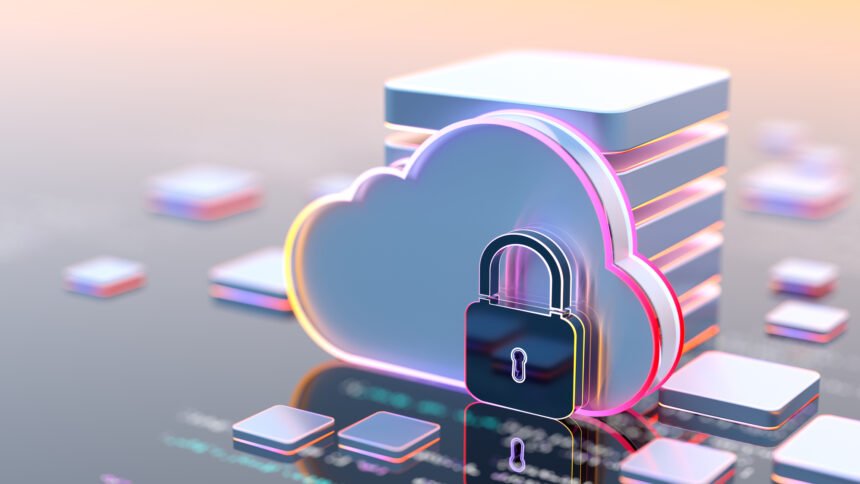In an increasingly interconnected digital landscape, cloud security has become paramount. As organizations migrate their critical workloads to the cloud, the need for robust defense mechanisms has never been more pressing. Let’s explore the trends and innovations that will shape the future of cloud defense technology.
1. Zero trust model: rethinking perimeter security
The traditional perimeter security model is no longer sufficient. The Zero Trust approach advocates for continuous verification and authentication, regardless of the user’s location or network. By assuming that no entity is inherently trusted, organizations can implement granular access controls, micro-segmentation, and least privilege principles. Expect to see broader adoption of Zero Trust architectures in cloud environments.
2. Cloud-native security tools
As applications become more cloud-native, security tools evolve to adapt. Cloud-native security solutions integrate seamlessly with container orchestration platforms (such as Kubernetes) and serverless frameworks. These tools provide real-time threat detection, vulnerability scanning, and compliance monitoring. Watch for innovations in runtime protection, container image scanning, and serverless security.
3. Secure Access Service Edge (SASE)
SASE converges networking and security into a unified framework. By combining secure access, web filtering, and threat prevention, SASE simplifies cloud security management. As remote work continues to increase, SASE’s ability to provide consistent security across all endpoints, regardless of location, will be a game-changer.
4. DevSecOps Automation
DevSecOps integrates security practices into the DevOps process. Cloud-native development is based on continuous integration and continuous deployment (CI/CD). Automated security testing, vulnerability assessments, and code analysis are essential components of this process. Expect to see more tools that seamlessly integrate security controls into the CI/CD process.
5. Quantum Resistant Encryption
With the advent of quantum computing, traditional encryption methods may become obsolete. Quantum Resistant Encryption algorithms are designed to resist attacks from quantum computers. As organizations transition to secure quantum encryption, cloud providers will play a crucial role in delivering secure cryptographic services.
Conclusion
The future of cloud security lies in adaptability, automation and collaboration. Organizations must stay informed about emerging threats, adopt proactive defense strategies, and leverage innovative technologies. Whether protecting multi-cloud environments or defending against sophisticated cyber threats, cloud defense technology will continue to evolve, ensuring a more secure digital landscape for everyone.
Remember, the cloud is not just a destination; It is a dynamic ecosystem that requires continuous vigilance. 🌐🛡️
Cloud Security vs. Cloud Defense: Unraveling the Distinction
As organizations increasingly rely on cloud infrastructure, understanding the nuances between cloud security and cloud defense becomes crucial. Let’s break down these concepts and explore their unique characteristics.
1. Cloud security: the foundation
Zoom
- Cloud security is primarily concerned with protecting data and resources within cloud environments.
- Covers a wide range of practices, policies and technologies aimed at protecting cloud-based assets.
Shared responsibility
- Cloud security is a shared responsibility between the cloud service provider (CSP) and the user.
- While CSPs offer basic controls, users are responsible for implementing additional security measures.
Challenges
- Challenges include compliance, data protection, identity management and secure access.
- Encryption, access controls, network security, and compliance monitoring are examples of cloud security measures.
2. Cloud Defense: Beyond the Basics
Concept
- Cloud defense goes beyond basic security measures.
- Involves a comprehensive approach to protecting cloud environments.
Defense in Depth
- Cloud defense follows the defense-in-depth strategy.
- This strategy places multiple layers of security controls to prevent exposure to risk. If one layer fails, others can still detect and block attacks.
Visibility and Control
- Unlike perimeter-focused security, cloud defense provides visibility and control over potential malicious traffic within the network perimeter.
Unique Challenges
- Implementing cloud defense faces challenges related to multi-environment deployments, different technologies, and varying enclaves.
Recommendation
- Organizations should layer additional security measures on top of the baseline controls provided by CSPs to achieve robust cloud defense.
In summary, while cloud security focuses on foundational protection, cloud defense emphasizes a layered, proactive approach to safeguarding cloud assets. Both are essential for maintaining a secure and resilient cloud infrastructure. 🌐🛡️


